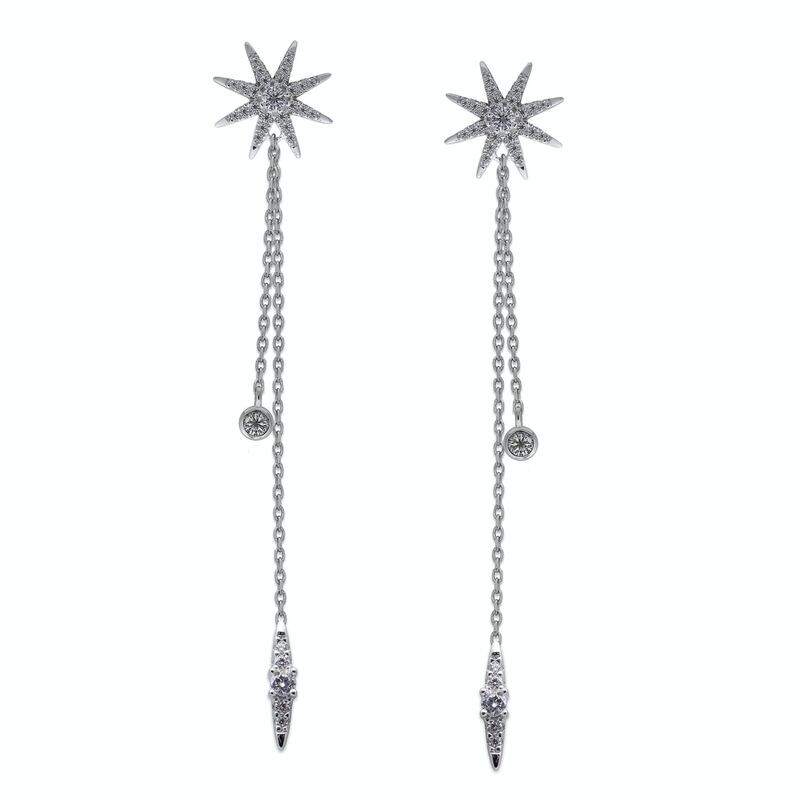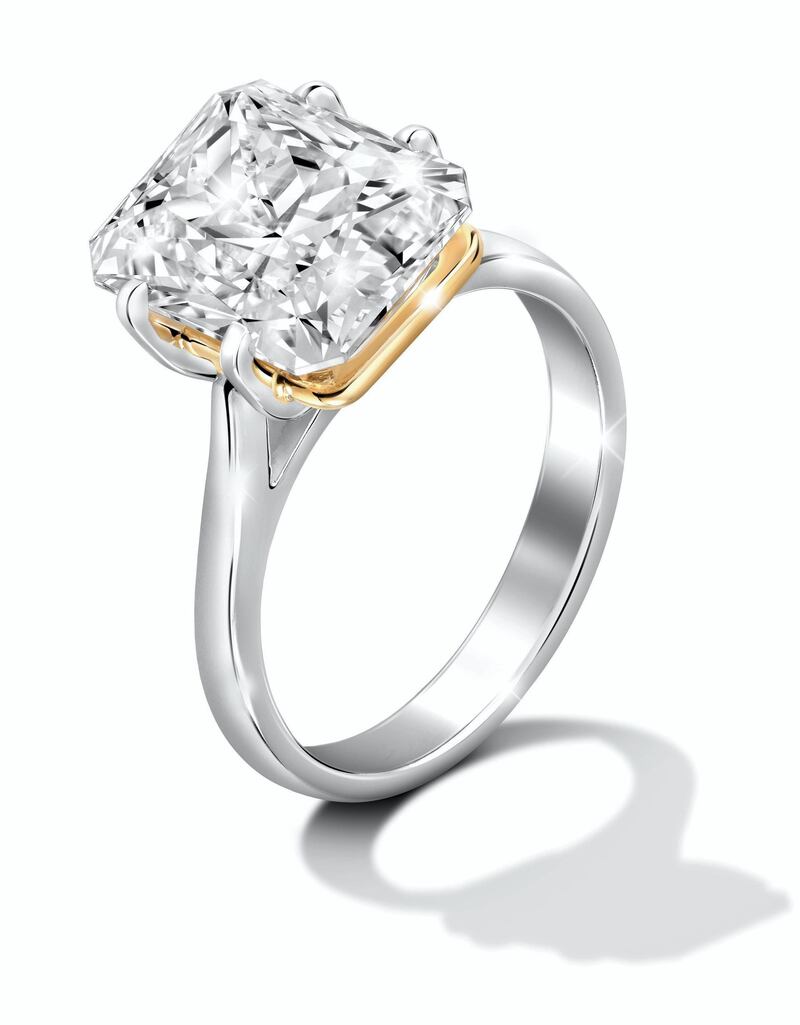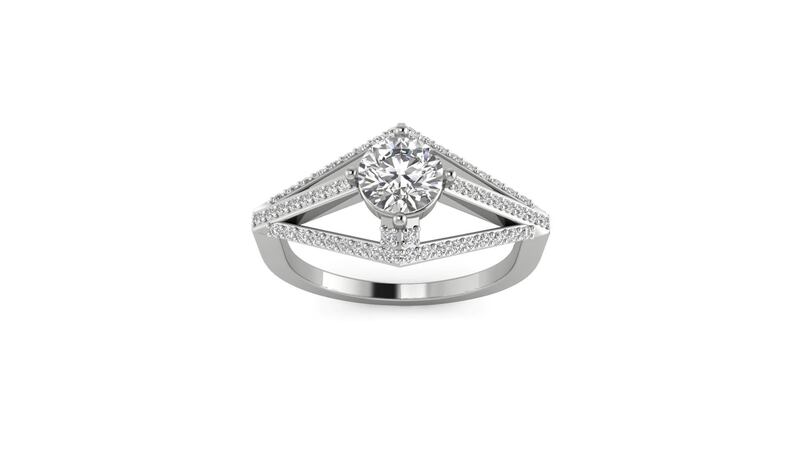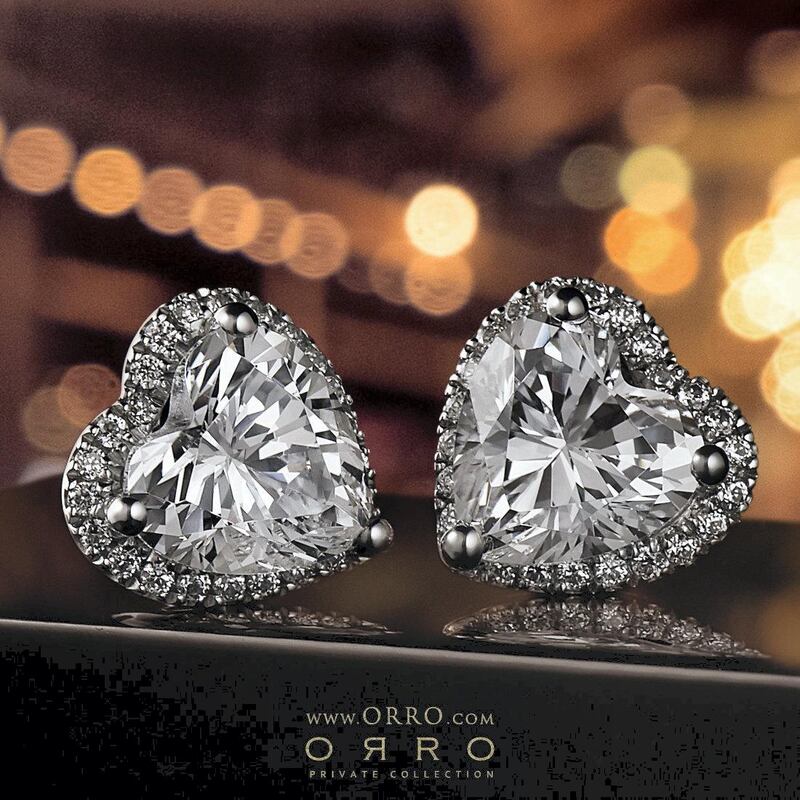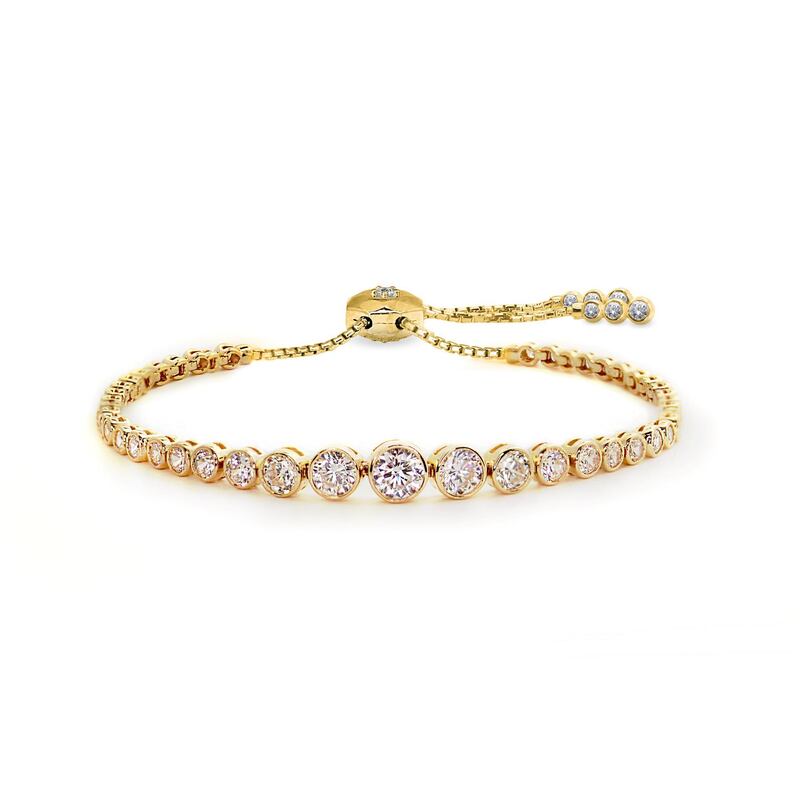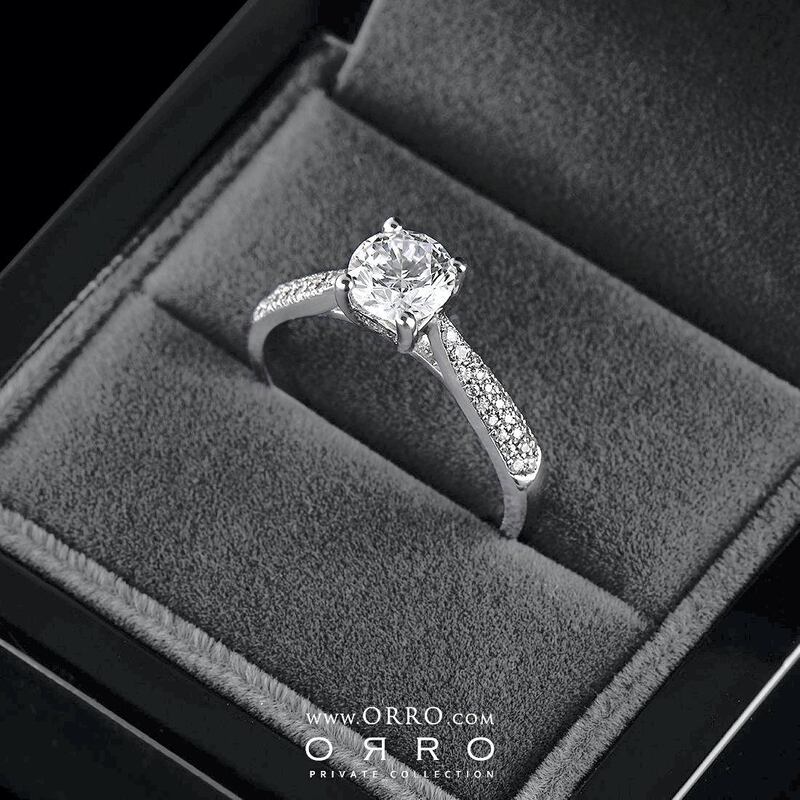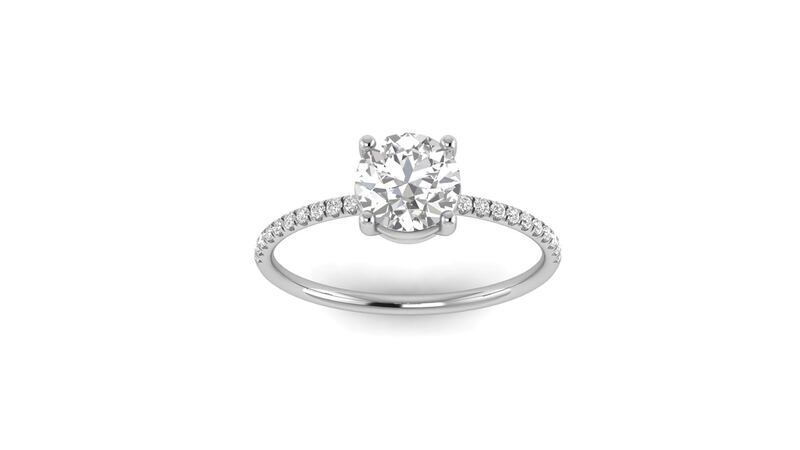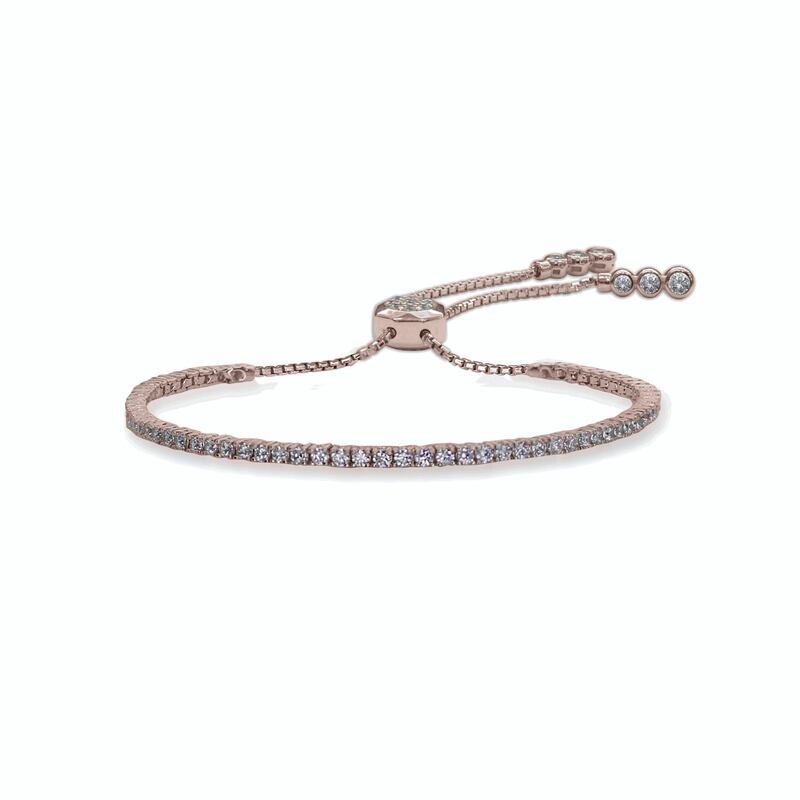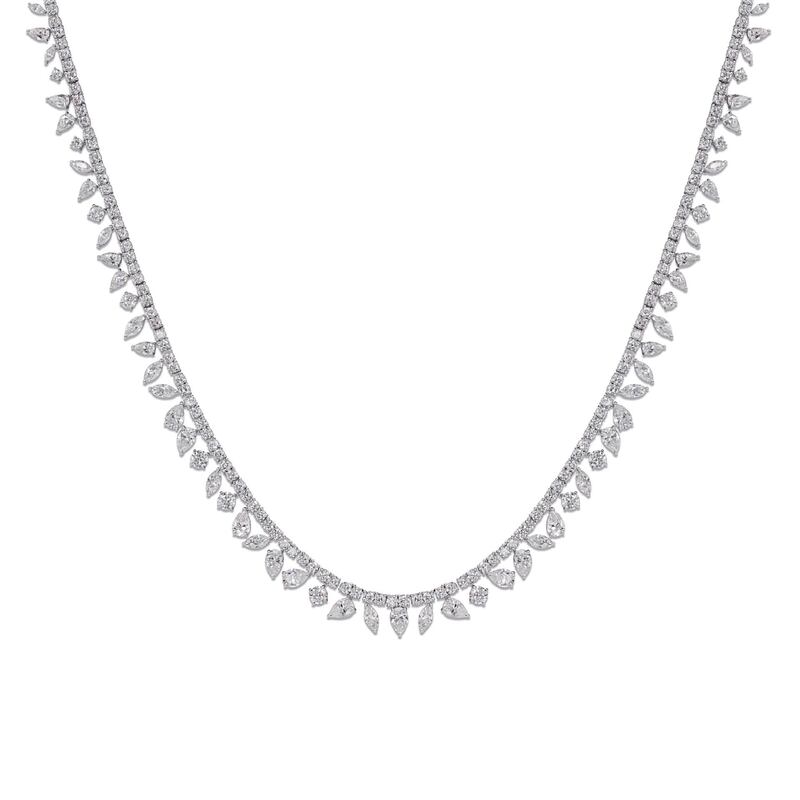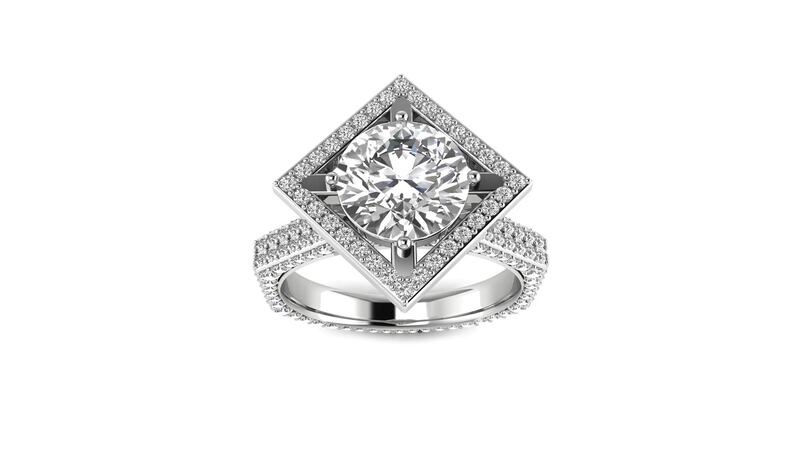In its first major overhaul since 1996, the Federal Trade Commission (FTC) in the United States has updated its Jewellery Guide, and the revision states that: “The Commission no longer defines a ‘diamond’ by using the term ‘natural’ because it is no longer accurate… when it is now possible to create products that have essentially the same optical, physical, and chemical properties as mined diamonds.”
The Commission went on to caution marketers that it would be deceptive to use the terms “real,” “genuine,” “natural,” or “synthetic” to imply that a lab-grown diamond is not, in fact, an actual diamond.
This is a major boost to the man-made diamond industry, which has been plagued by authenticity issues. This is because these gems don't take millions of years to form and are priced at a much lower cost than mined diamonds. However, the stones grown in a laboratory are more ethical and sustainable.
Although unrelated, the move comes a few months after De Beers announced, somewhat controversially, that it will enter the lab-grown market, and sell its stones for Dh3,000 per carat (as opposed to mined diamonds, which can claim Dh40,000 per carat).
Richard Garard, secretary general of the International Grown Diamond Association, said: “The revisions endorse that a diamond is a diamond, whether from above or below the ground.”
Check out our gallery above for 10 pieces of jewellery from Carat London, Innocent Stone, Orro and Gordon Max - all made using conflict-free diamonds (and try to spot the difference).
_____________________
Read more:
[ Penelope Cruz and Swarovski team up to create a sustainable jewellery line ]
[ De Beers' entry into synthetic diamonds shakes up lab stones producers ]
[ The lab-grown gems threatening the diamond industry ]
_____________________
